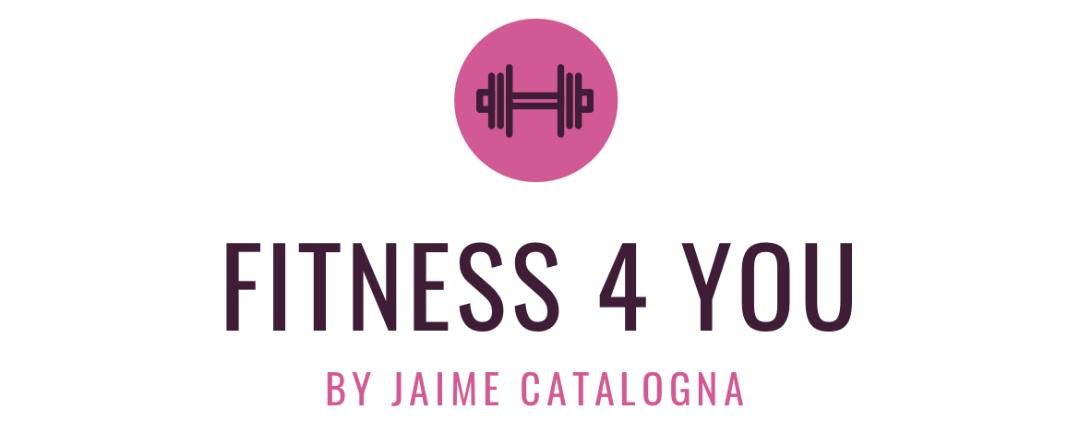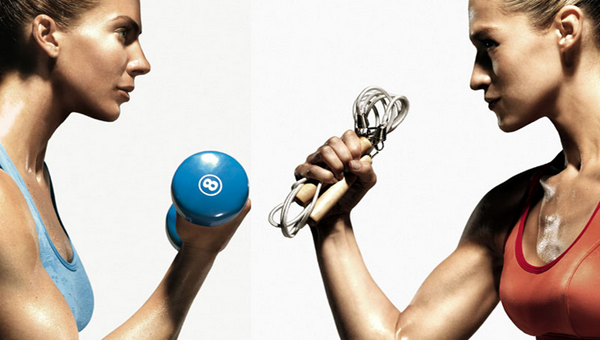By Jaime Catalogna
Weight loss can be achieved with both cardiovascular and resistance training, however the benefits of each will vary.
The type of exercise you choose will determine the rate of calories burned. Cardio training does burn more calories because of the nonstop movements than a weight training workout of the same duration. However you burn more calories following a resistance training session. Meaning after a strength workout, your body will continue the “afterburn” for a few hours after exercising. The goal of a resistance workout is to build or maintain muscle to help keep burning more calories at rest and utilize fat stores. This may increase your resting metabolic rate as well (calories burned while doing nothing at all). After completing a cardio session, the calories burned are typically done for the rest of the day.
Intensity matters. Your program should include high and low intensity training. This will help prevent injury, overtraining and mental burnout. A workout intensity of 75% or higher of max heart rate is ideal for weight loss. A HIIT workout (high intensity interval training) are short bursts of intense exercises (10-30 minutes in duration). This training typically burns 25%-30% more calories than other forms of exercise. This is great to include in your workout regimen for variety and it is ideal if you’re short on time.
How much exercise is effective? The American College of Sports Medicine (ACSM) recommends > 150 minutes of cardio training a week. Incorporate resistance training 2-3 times a week with the focus on larger muscle groups and a rep range between 8-12 reps. Including both cardio and resistance training into your workout regime is the best for fat loss success and will improve overall body composition, lower risk of disease, boost musculoskeletal health, cognitive health and improve well-being and mood.


